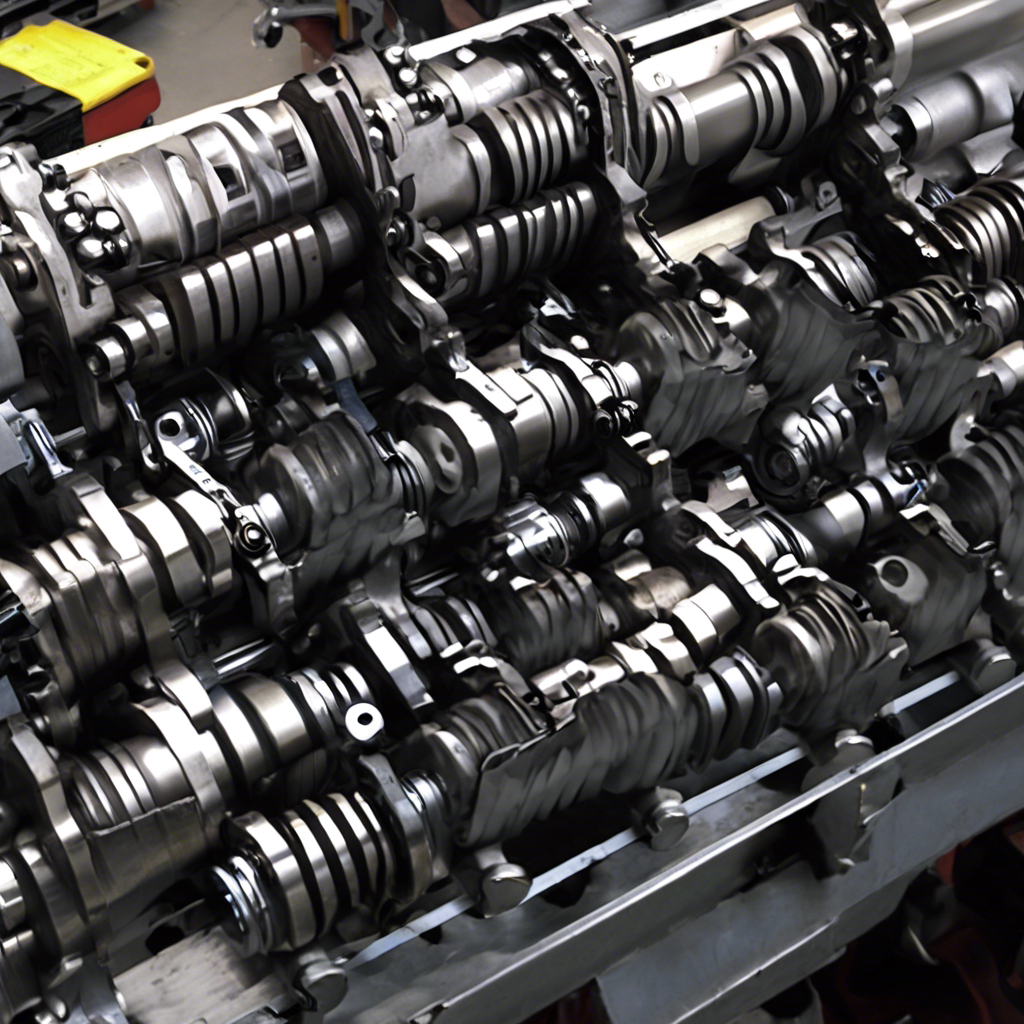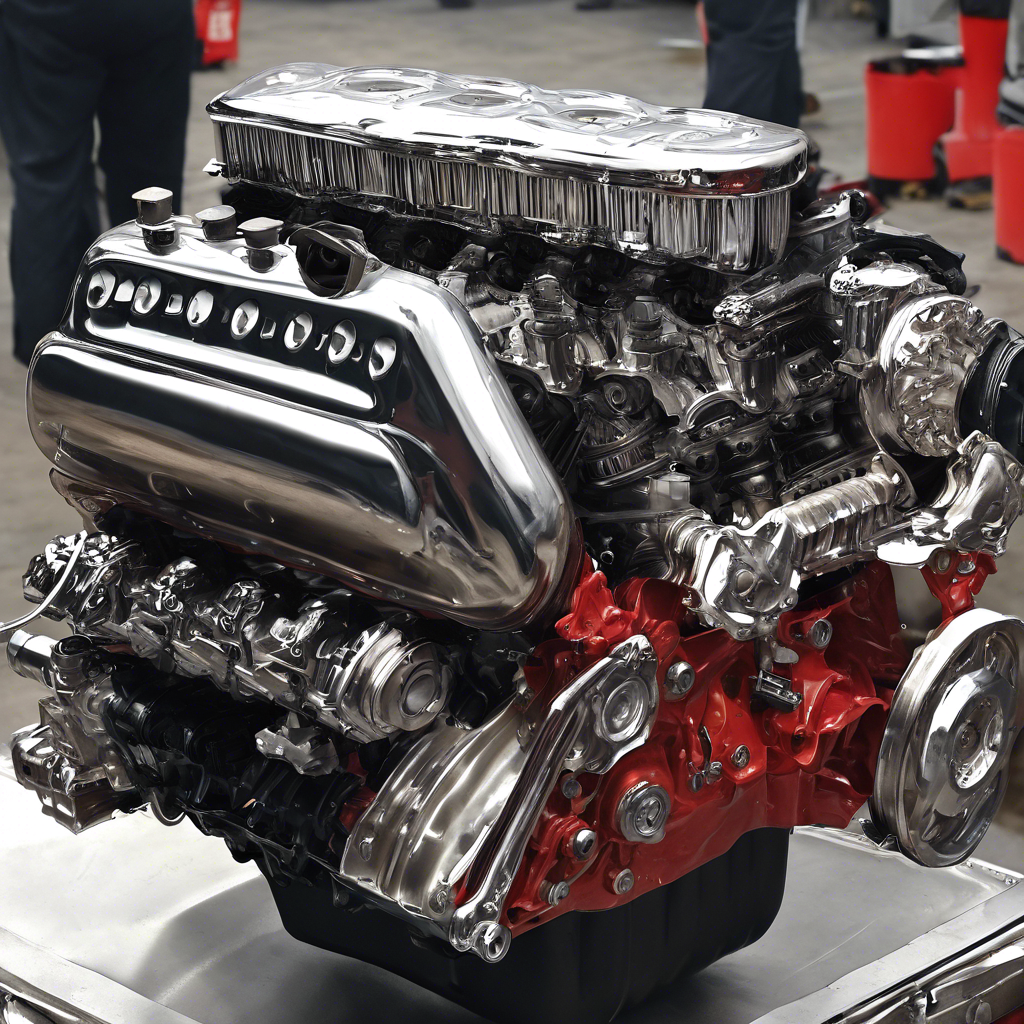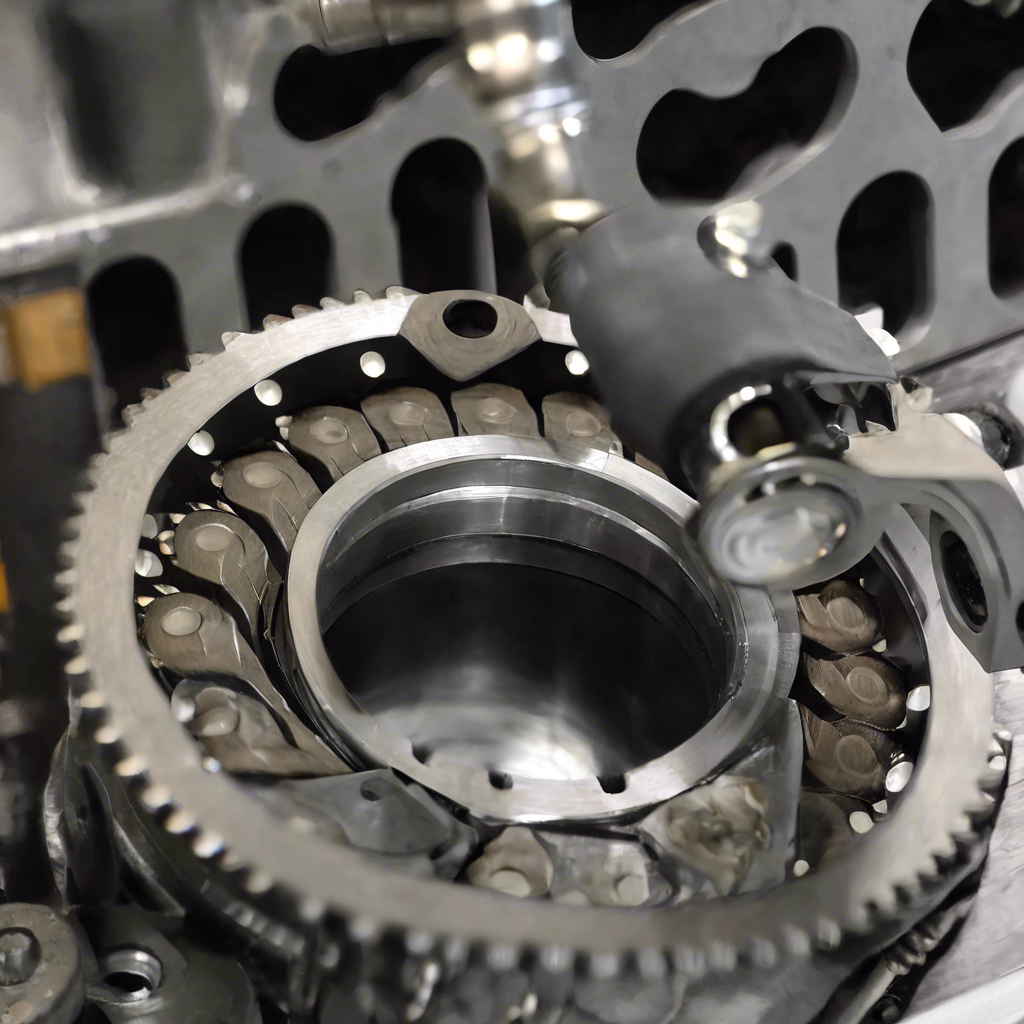When a car is said to be “cammed,” it means that it has been modified to have an aftermarket camshaft installed. The camshaft is a critical component of an internal combustion engine that controls the opening and closing of the engine valves. By replacing the stock camshaft with a more aggressive and high-performance one, the engine’s performance can be significantly improved.

The camshaft determines the engine’s valve timing and lift, which directly affects its performance characteristics. The stock camshaft is designed to provide a balance between power, fuel efficiency, and smooth operation. However, it is often limited by emissions regulations and other factors that prioritize economy and comfort over raw power. In contrast, an aftermarket camshaft is designed to prioritize power, torque, and overall performance.

The camshaft works in conjunction with other engine components, such as the crankshaft, pistons, and valves, to enable the engine’s combustion process. It determines when the valves open and close, controlling the amount of air and fuel that enters the combustion chamber and the exhaust gases that exit. By altering the camshaft’s profile, it is possible to optimize the engine’s breathing capabilities, resulting in increased power output.

When a car is cammed, the stock camshaft is removed and replaced with an aftermarket one that is specifically designed for high-performance applications. These aftermarket camshafts are typically created using advanced manufacturing techniques and materials to deliver improved lift, duration, and ramp rates (how quickly the valves open and close). They are also engineered to be compatible with the engine’s existing valvetrain components, such as the valve springs, pushrods, and rocker arms.
The installation of a performance camshaft requires technical expertise and precision, as it involves disassembling and reassembling the engine’s valvetrain. It is critical to ensure that the camshaft is properly aligned and timed with the pistons and crankshaft to prevent any interference or damage. Professional installation is recommended to achieve optimal results and avoid any potential issues that may arise from improper installation.
So, what are the benefits of camming a car? By installing an aggressive aftermarket camshaft, several performance improvements can be achieved. First and foremost, increased horsepower and torque are the most noticeable gains. The modified camshaft allows for increased airflow into the combustion chamber, resulting in more power output. The exact power gains depend on various factors, such as the specific camshaft profile, engine displacement, and other supporting modifications.
In addition to increased power, a cammed car may also experience improvements in throttle response, drivability, and overall engine efficiency. The modified camshaft optimizes the engine’s breathing capabilities, improving the combustion process and allowing the engine to operate more efficiently. This can result in better fuel economy, especially when combined with other performance upgrades like intake, exhaust, and tuning modifications.
It is important to note that camming a car is not for everyone. The aggressive camshaft profiles may result in a rougher idle and decreased low-end torque. The car’s overall driving characteristics may change, and it may require adjustments to the fuel and ignition mapping to fully optimize the performance gains. Additionally, camming a car may put additional stress on the engine and other components, potentially leading to increased wear and tear.
In conclusion, camming a car involves replacing the stock camshaft with a high-performance aftermarket one to improve power, torque, and overall engine performance. It allows for increased airflow into the combustion chamber, resulting in increased power output. However, camming a car requires technical expertise and precision, and it may have certain trade-offs such as rougher idle and decreased low-end torque. It is essential to consider the specific goals, driving preferences, and potential implications before deciding to cam a car.
